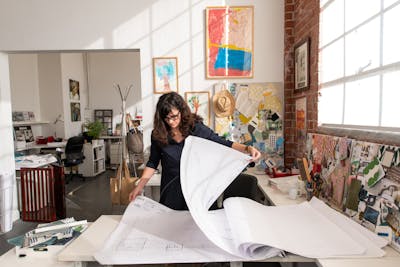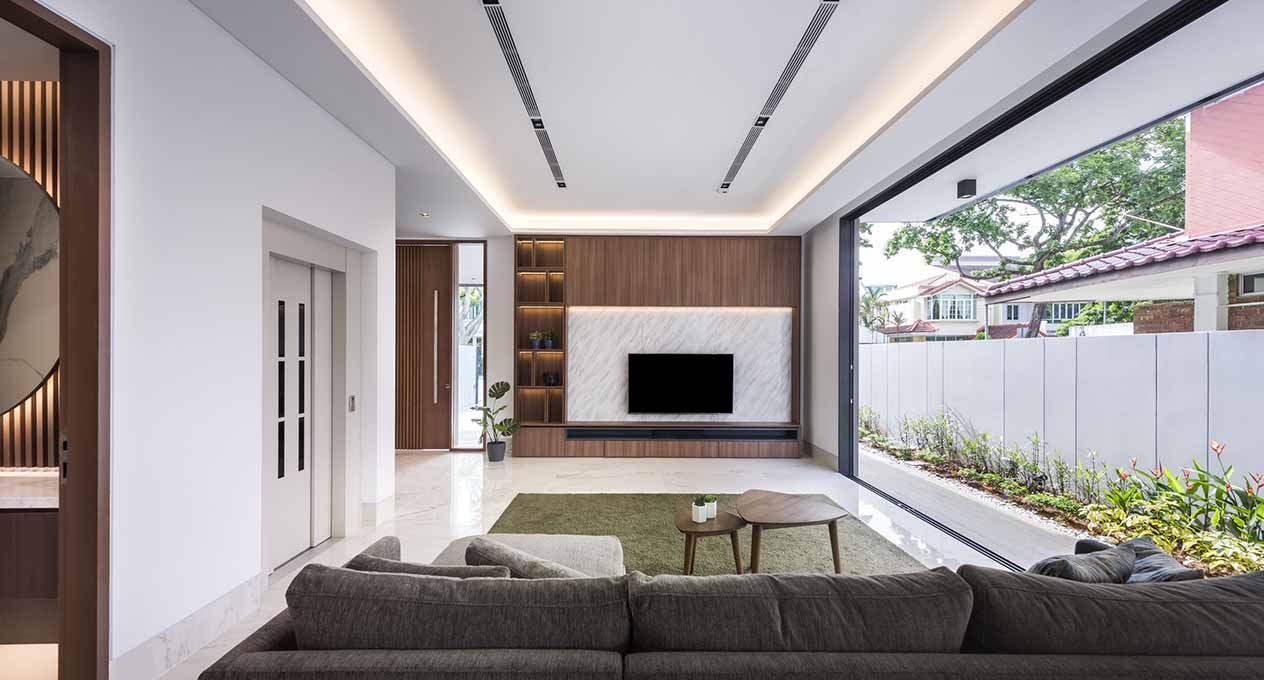Transform Your Space with the Best Interior Design Near Me
Transform Your Space with the Best Interior Design Near Me
Blog Article
The Art of Equilibrium: Exactly How Interior Design and Home Architect Collaborate for Stunning Outcomes
In the world of home design, striking an equilibrium between appearances and functionality is no tiny task. This fragile balance is accomplished with the harmonious cooperation in between interior designers and engineers, each bringing their unique competence to the table. Stay with us as we check out the intricacies of this joint procedure and its transformative influence on home style.
Recognizing the Core Differences Between Interior Decoration and Home Style
While both interior layout and home architecture play vital functions in producing cosmetically pleasing and useful rooms, they are naturally various self-controls. It deals with the 'bones' of the framework, working with spatial dimensions, load-bearing wall surfaces, and roof designs. On the other hand, indoor design is more concerned with enhancing the sensory and visual experience within that structure.
The Synergy In Between Home Style and Interior Decoration
The synergy between home style and Interior Design depends on a common vision of layout and the improvement of functional looks. When these two fields straighten harmoniously, they can change a space from average to phenomenal. This cooperation needs a deeper understanding of each self-control's principles and the capacity to create a natural, aesthetically pleasing atmosphere.
Unifying Design Vision
Combining the vision for home style and Interior Design can develop a harmonious living area that is both practical and visually pleasing. The equilibrium begins with an integrated state of mind; engineers and indoor developers collaborate, each bringing their knowledge. This unison of ideas forms the design vision, a plan that guides the task. This shared vision is vital for consistency throughout the home, making certain a fluid change from outside architecture to indoor areas. It advertises a synergistic strategy where building components enhance Interior Design elements and the other way around. The outcome is a natural space that reflects the homeowner's way of living, preference, and personality. Therefore, unifying the design vision is crucial in blending design and Interior Design for stunning results.
Enhancing Practical Appearances
Exactly how does the synergy in between home style and Interior Design enhance useful visual appeals? This harmony allows the production of rooms that are not just aesthetically enticing yet likewise comfortably functional. Engineers lay the groundwork with their structural design, making certain that the area is practical and effective. The indoor designer then matches this with carefully picked components that improve the aesthetics without endangering the performance. This unified cooperation can result in homes that are both liveable and stunning. An engineer may design a residence with high ceilings and big home windows. The indoor designer can then highlight these attributes with tall plants and sheer drapes, respectively, thus boosting the aesthetic charm while maintaining the practical benefits of natural light and space.
Significance of Collaboration in Creating Balanced Spaces
The partnership between interior developers and architects is critical in creating well balanced spaces. weblink It brings consistency in between design and style, bring to life spaces that are not just cosmetically pleasing yet additionally functional. Exploring effective joint methods can provide understandings right into just how this harmony can be efficiently accomplished.
Balancing Style and Architecture
Equilibrium, an important facet of both indoor design and architecture, can only genuinely be accomplished when these 2 fields work in harmony. This collaborative procedure results in a natural, balanced layout where every aspect has a purpose and contributes to the general aesthetic. Harmonizing style and design is not just concerning creating gorgeous rooms, yet concerning crafting areas that function effortlessly for their occupants.
Successful Collective Methods
-min.jpg)
Situation Studies: Effective Integration of Layout and Architecture
Examining a number of instance researches, it comes to be obvious just how the successful combination of Interior Design and design can change a room. The Glass Home in Connecticut, renowned for its minimalistic sophistication, is one such example. Engineer Philip Johnson and interior designer Mies van der Rohe worked together to develop an important link unified equilibrium between the structure and the interior, causing a smooth flow from the exterior landscape to the internal living quarters. An additional prototype is the Fallingwater Home in Pennsylvania. Engineer Frank Lloyd Wright and indoor developer Edgar Kaufmann Jr.'s collective efforts bring about an amazingly special house that blends with its natural environments. These study highlight the profound effect of a successful layout and style collaboration.

Overcoming Difficulties in Layout and Architecture Partnership
In spite of the obvious benefits of an effective partnership in between indoor style and architecture, it is not without its challenges. Engineers may prioritize structural integrity and safety, while designers concentrate on convenience and style. Reliable interaction, common understanding, and concession are vital to overcome these obstacles and achieve a harmonious and successful partnership.

Future Fads: The Evolving Connection Between Home Architects and Inside Designers
As the globe i thought about this of home design continues to develop, so does the connection between architects and indoor designers. The pattern leans in the direction of a more integrated and joint strategy, damaging without standard duties. Engineers are no more only concentrated on structural honesty, yet also participate in enhancing visual appeal - Winchester architect. Conversely, interior developers are accepting technical elements, affecting general format and functionality. This evolving synergy is driven by advancements in modern technology and the growing demand for spaces that are not just visually pleasing but sustainable and also useful. The future promises a much more cohesive, innovative, and adaptive approach to home style, as designers and architects proceed to blur the lines, cultivating a connection that really embodies the art of equilibrium.
Conclusion
The art of balance in home style is achieved with the harmonious partnership between interior developers and designers. An understanding of each various other's techniques, reliable interaction, and shared vision are important in creating aesthetically spectacular, useful, and inviting areas. Despite obstacles, this partnership fosters development and development in layout. As the connection between home designers and indoor developers develops, it will certainly continue to form future fads, boosting convenience, performance, and individual expression in our space.
While both indoor layout and home style play essential roles in creating cosmetically pleasing and useful areas, they are inherently different self-controls.The harmony in between home design and indoor layout exists in a common vision of design and the enhancement of useful aesthetic appeals.Combining the vision for home design and interior layout can create a harmonious living area that is both useful and visually pleasing. Therefore, unifying the layout vision is important in mixing architecture and interior layout for sensational outcomes.
Exactly how does the harmony between home architecture and indoor layout boost functional aesthetic appeals? (Winchester architect)
Report this page